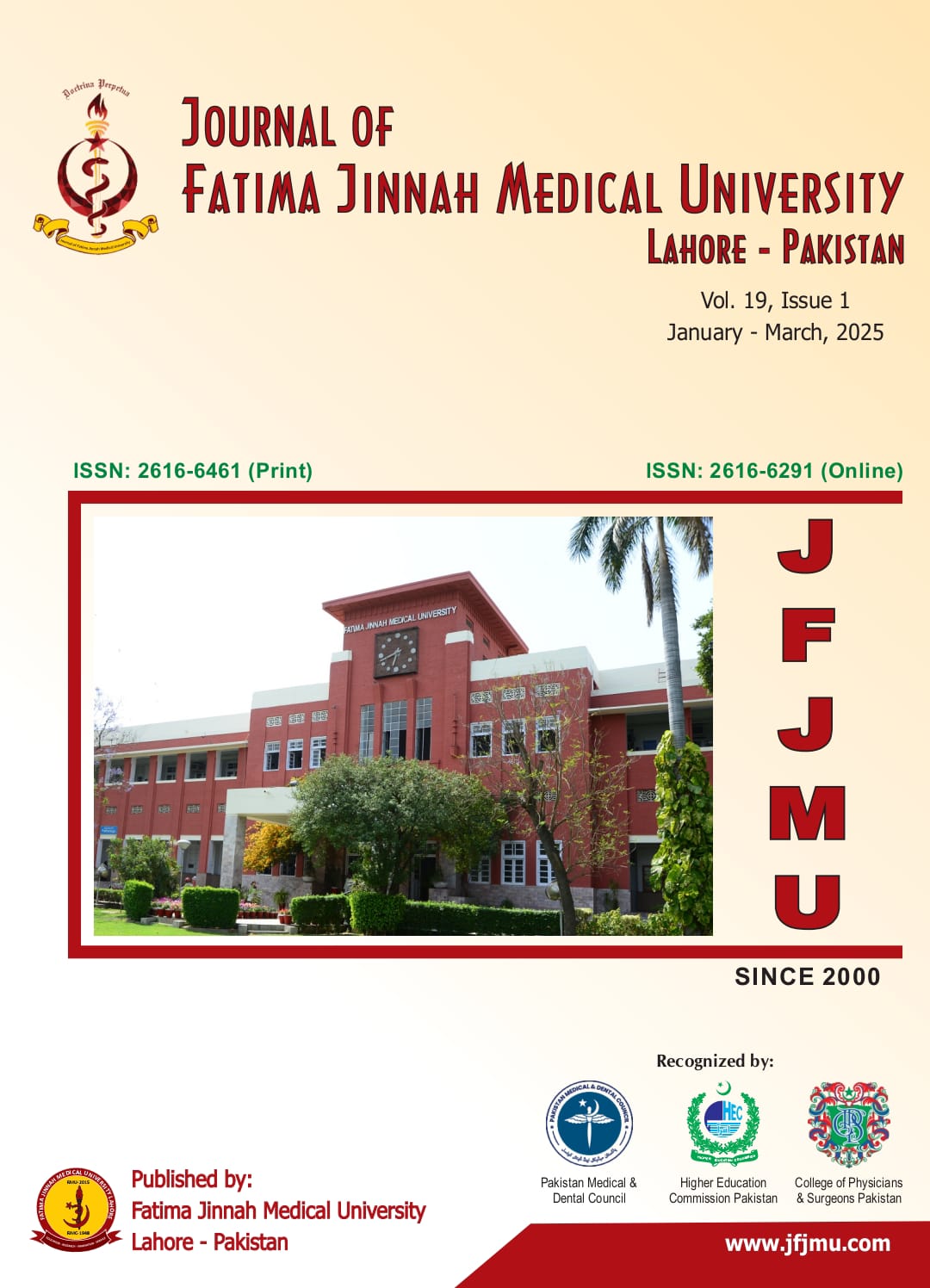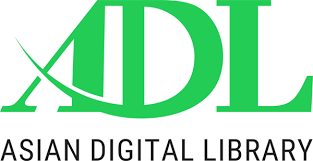The Frequency of Postpartum Depression among Women with Placenta Accreta Spectrum with and without Hysterectomy
DOI:
https://doi.org/10.37018/SDAE8652Keywords:
Edinburgh Postpartum Depression Scale, Postpartum depression, Placenta accreta spectrumAbstract
Background: Women with placenta accreta spectrum (PAS) are at increased risk for postpartum depression (PPD). Prevalence of postpartum depression in women with placenta accreta spectrum is 50% whereas the general prevalence is 21%. This suggests a significant impact of PAS on maternal mental health. The objective of this study is to evaluate the risk of PPD among women with and without hysterectomy in PAS.
Methods: This comparative cross-sectional study was conducted at Department of Obstetrics & Gynecology, Jinnah Hospital, Lahore from June to December 2024. A total of 168 women with placenta accreta spectrum were included in the study. Hysterectomy was only done in those patients where all the uterine conservative techniques failed. The Edinburgh postpartum scale (EPDS) was used to assess the risk of postpartum depression in both groups. Data was analyzed in SPSS. Quantitative variables were presented as means + SD. Frequency and percentages were calculated for qualitative variables. Cross tabulation was made for EPDS for the independent variable. A chi-square test was applied, with p < .05 as statistical significance.
Results: This study analyzed 168 women with placenta accreta spectrum, divided into hysterectomy and non-hysterectomy groups. Although the overall prevalence of depression was high in both groups, the severity of symptoms was greater in the hysterectomy group (p=0.043).
Conclusion: The risk of postpartum depression is high in women with placenta accreta spectrum undergone hysterectomy as compared to those without hysterectomy.

Downloads
Published
How to Cite
Issue
Section
License
The Journal of Fatima Jinnah Medical University follows the Attribution Creative Commons-Non commercial (CC BY-NC) license which allows the users to copy and redistribute the material in any medium or format, remix, transform and build upon the material. The users must give credit to the source and indicate, provide a link to the license, and indicate if changes were made. However, the CC By-NC license restricts the use of material for commercial purposes. For further details about the license please check the Creative Commons website. The editorial board of JFJMU strives hard for the authenticity and accuracy of the material published in the journal. However, findings and statements are views of the authors and do not necessarily represent views of the Editorial Board.

















